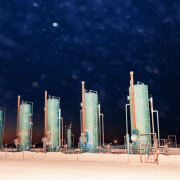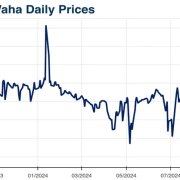Goldman Sachs expects OPEC+ to make its final production hike in August at the now standard level of 411,000 barrels daily.
In a recent analysis, the bank highlighted the current dynamics of the oil market, indicating that the fundamentals surrounding oil supply and demand remain relatively robust. Despite ongoing concerns about a potential slowdown in global economic activity, recent data has shown stronger-than-expected performance in various sectors. This resilience in hard global activity metrics, coupled with the seasonal uptick in oil demand typically associated with the summer months, suggests that any anticipated decline in oil consumption is unlikely to be severe enough to warrant a significant reduction in production levels. As such, market participants are closely monitoring these trends, particularly in light of the upcoming decision on production levels scheduled for July 6th.
Furthermore, the interplay between these factors may lead to a reconsideration of strategies among oil-producing nations as they evaluate their output in response to both market signals and geopolitical considerations. The bank’s insights imply that while cautious optimism prevails, the potential for a sustained increase in production remains on the table. Producers may view the current environment as an opportunity to capitalize on existing demand, thus influencing pricing and supply dynamics in the coming months. This perspective underscores the importance of closely watching economic indicators and seasonal patterns as they impact the broader oil market landscape.
Click here to read the full article
Source: Oil Price
—
Do you have any questions or thoughts about the topic related to Goldman? Feel free to contact us here or leave a comment below.










